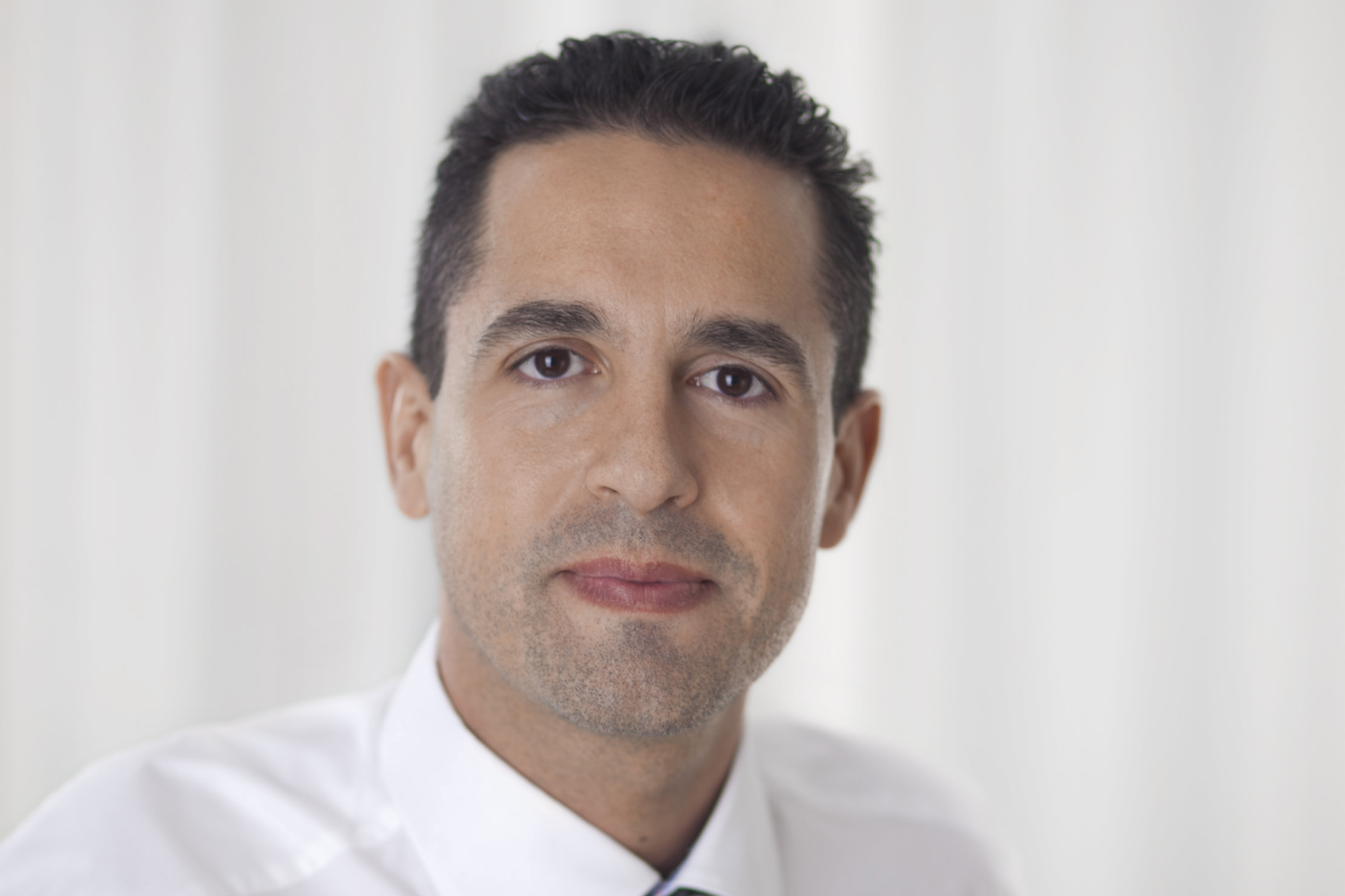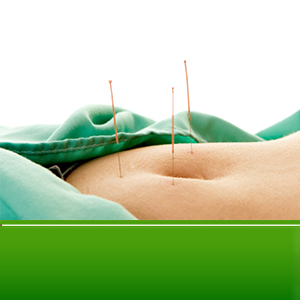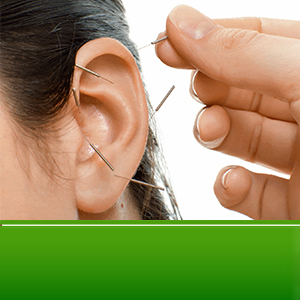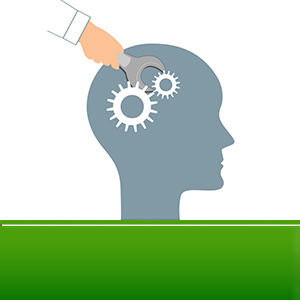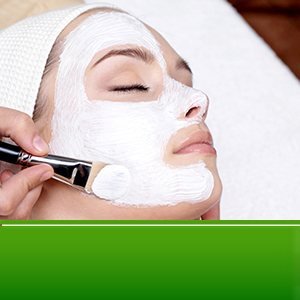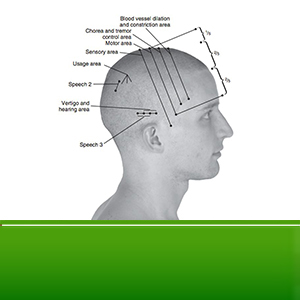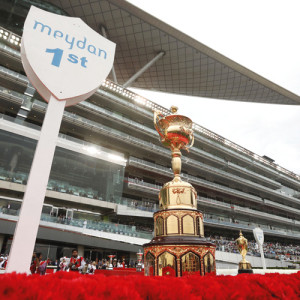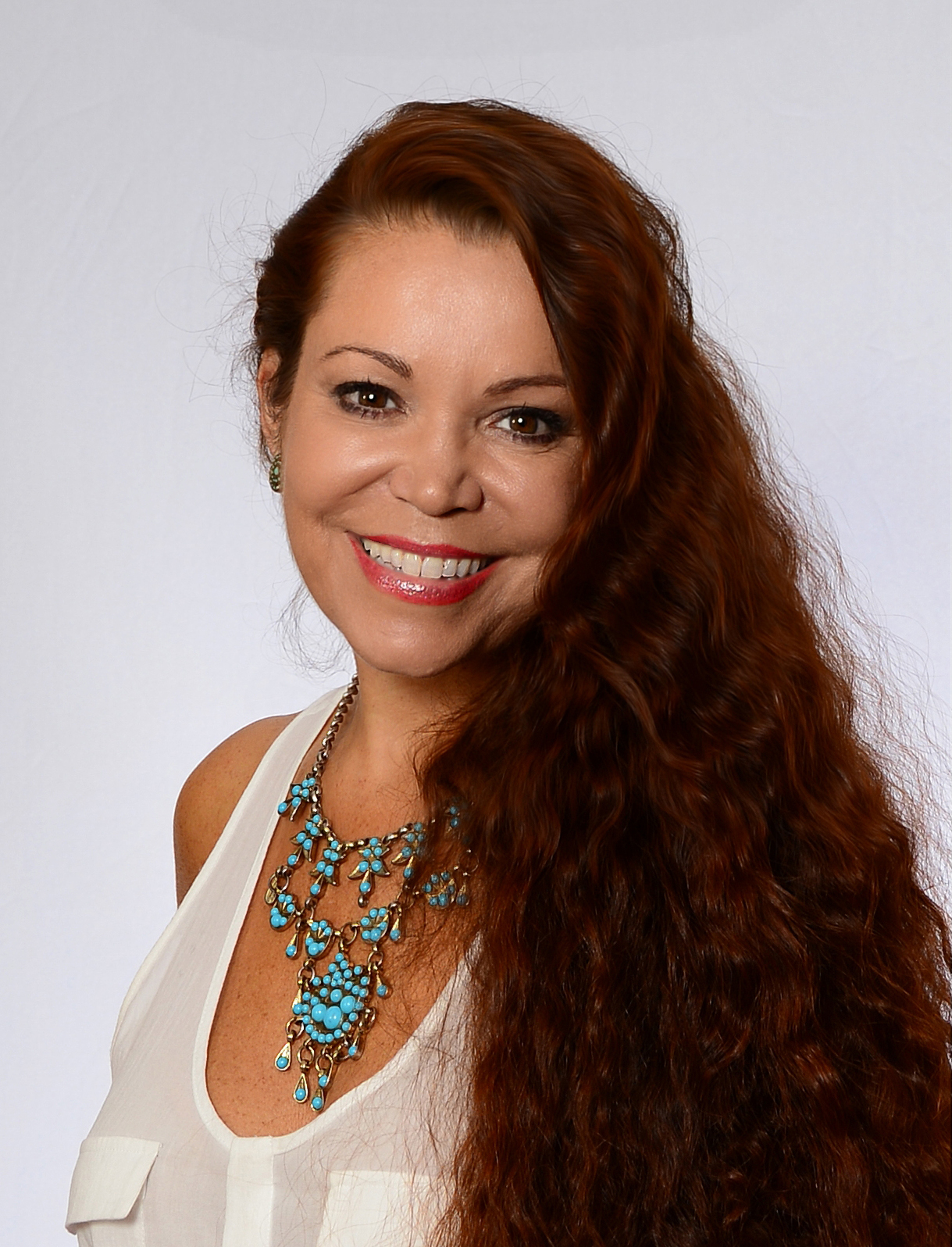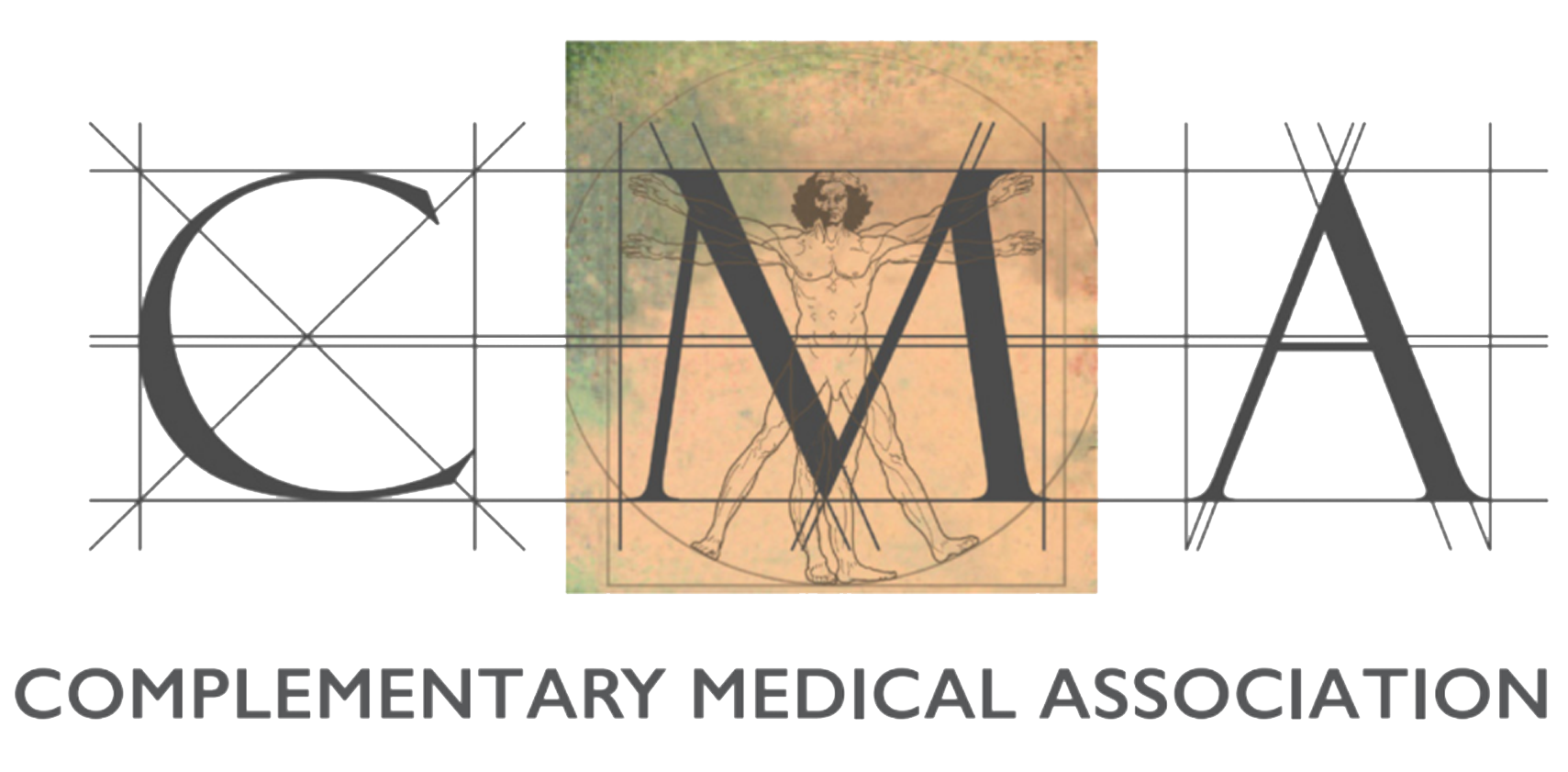
Register Now! Please, fill in your personal details and we will contact you shortly
Horse Bit, Bridle, Girth and Saddle Assessment

Audience
About the program
Course Level: Level 1 and 2 combined
There is something about the outside of a horse that is good for the inside of a man - Winston Churchill
This course is intended to introduce a qualitative and quantitative understanding of the field of bits and bitting and how to assess the fit or a saddle. We will explore an analysis of bits from their operational perspective, a description of how auxiliary tack affects the action of the bit on the horse and the influence of the rider’s position, as well as the horse’s head position, have on the action of the bit. A broad overview of the history of the bit, materials used for bits and anatomy of the mouth is provided to ensure a well-rounded overview of the subject.
Equine anatomy especially of the mouth, head and neck is very important as ill-fitting tack can cause everything from performance limitations through to pain and injury.
When fitting a bridle, we will learn to consider:
1. The Browband
Make sure the browband is not too tight and is not pulling the headpiece onto the back of the ears.
2. The Throatlash
The throatlash must not be tight, as it will interfere with breathing and collection. To ensure comfort there should be enough room to place a clenched fist between the side of the horse's cheek and throatlash.
3. The Cheeks
The buckles of the cheek pieces and noseband should be parallel and slightly below the corner of the eye.
4. The Noseband
The noseband must lie at least one finger or 1cm below the cheekbones, as this is another pressure point area. If the noseband is placed too high on the face it can cause great pain.
The pad on the back of the crank noseband fastening should not connect to the front of the noseband, as this can cause pinching and subsequent sores.
Saddle Fit Assessment
A poor saddle fit can do more than just cause pain and discomfort to your horse—it can also result in poor performance, bad behavior, and training problems. You and your horse will always work better as a team when the saddle fits correctly.
When evaluating the fit of a saddle to a horse many aspects need to be taking into consideration.
The tree of the saddle should match the shape of the horse’s topline. In other words, the anatomy of the saddle should match the anatomy of the horse.
The panels are the interface between the tree and your horse’s strong, sensitive muscles.
The shape and style of panel is important in how they relate to different sizes and shapes of topline confirmation.
The use of interfaces and other saddle equipment will also be evaluated in relation to way of going and their effect on performance. They will also learn how saddle fit and rider influence affects equine biomechanics.
The students will also learn how to correctly fit and recognize an ill-fitting saddle and propose possible solutions.
The use of interfaces and other saddle equipment will also be evaluated in relation to way of going and their effect on performance. They will also learn how saddle fit and rider influence affects equine biomechanics.
This programme provides a detailed look at the various types of saddle, the various parts of the saddle, their construction and make up. The student will develop the ability to assess a saddle to ensure it is in good condition before looking at placing the saddle on the horse.
Billet configuration is an often forgotten about element of saddle fit. Different billet configurations and positioning also determine how a saddle can be flocked for optimal fit.
We will be using a variety of learning from classroom based to practical with a focus on learning through understanding.
Talking about the rider we will go through the anatomy of the rider, the differences with men and women and the differences with conformations and postures.
Train the professionals of tomorrow in advanced techniques of analysis, settings, design and choice of equipment and materials is my aim. This is why we are also going to talk about bit fitting.
Understanding postural and musculoskeletal functioning, identifying physical compensations and asymmetries (causes, solutions, anatomy compensatory patterns): it is just necessary to help your horse feel good about himself, by adopting a care and work protocol adapted to HIS own needs! And bonus: the morphological landmarks that you will learn to locate will allow you to take its measurements.
• What are the differences between the various models of saddle pads, shock absorbers, half pads…?
• How to check the girths (shapes, fabric, anatomical girths) is correctly fitted? What is their aim? How to use them?
• Impact of rider’s weight on horses’ health (facts, studies and opinions).
• Topline syndrome
• Thoracic sling in saddle fitting and training
• Horses balance
The importance of teamwork in your horse’s day life!
Saddle and girth fitting are an important part of the horse’s well-being, and incorrectly fitted saddles and girths can cause tension in the horse’s musculature, alter gait patterns and cause lameness. It is important for those involved with horses to be able to identify incorrectly fitted saddles and girths. A correctly fitted saddle and girth is not only important for the horse’s comfort but to allow the best performance of the horse.





 About the college
About the college
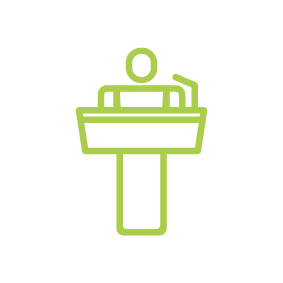 Lecturers
Lecturers
 Gallery
Gallery
 The Dean
The Dean
 CMA
CMA
 CMA President
CMA President
 Dubai Racing Club
Dubai Racing Club
 Dubai Equestrian Club
Dubai Equestrian Club
 Our partners
Our partners
